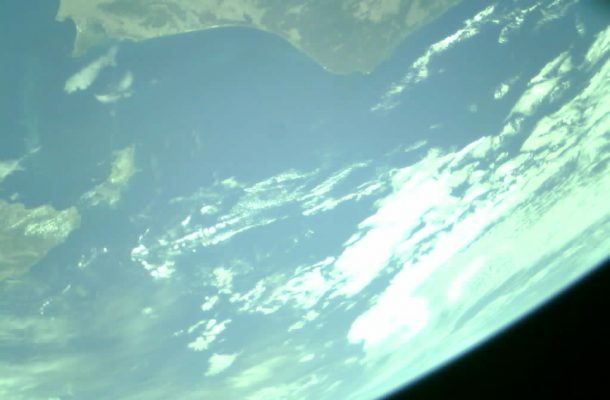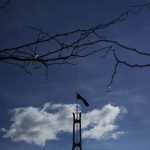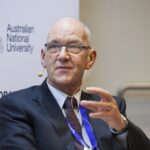First Buccaneer satellite mission declared a success

A satellite jointly developed by UNSW Canberra Space and Defence Science and Technology (DST) has been operating on-orbit successfully for more than nine months.
It has performed important experiments as part of a mission that is paving the way for small spacecraft development in Australia.
The Buccaneer Risk Mitigation Mission cube satellite was launched into orbit from Vandenberg Air Force Base in California in November, 2017.
UNSW Canberra Space Director Professor Russell Boyce says the mission has achieved its key objectives.
“Shortly after the launch, the satellite was successfully commanded from Australian small satellite ground stations at DST and UNSW Canberra Space, which have shared daily communication with the spacecraft over the subsequent months,” Professor Boyce says.
DST mission supervisor Dr Coen van Antwerpen says the satellite has successfully deployed its three-metre, X-shaped antenna that is part of the novel DST Group developed and designed payload and one of the core pieces of technology, which will be used in future Buccaneer missions.
“Now that the flight operations and experiments planned for the main part of the mission have been successfully completed, the mission is moving into an extended operations phase to obtain additional valuable information on the on-going performance of the spacecraft,” Dr van Antwerpen says.
Professor Boyce says the team has worked to test and characterise the performance of the satellite’s various sub-systems in the space environment, including the UNSW Sydney-developed GPS and a UNSW Canberra camera used to monitor the performance of the antenna.
“Following that, experiments have been conducted that extend the state-of-the art for small satellite space situational awareness and test key technologies in preparation for a follow-on mission, in which DST will perform calibration research for the Jindalee Over-the-Horizon Operational Radar Network,” Professor Boyce says.
“The international ground-based Falcon space surveillance telescope network, including UNSW Canberra’s node of that network, has been used to collect considerable amounts of data on Buccaneer’s attitude in Low Earth Orbit. This data will support UNSW Canberra Space’s research in the science of space situational awareness.
“The Buccaneer mission has been extremely successful from the perspective of a partnership to climb the space mission learning curve, as Australia accelerates its momentum in space activity exemplified by the Australian Space Agency commencing last month.”
DST Strategic Space research lead Dr Nick Stacy says small, affordable satellites like Buccaneer provide a unique opportunity to support Defence capabilities and develop the Australian space industry.
“The 2016 Defence White Paper highlights space research and space systems as an important part of Australia’s Defence capability and National Security,” Dr Stacy says.
Professor Boyce says the mission has demonstrated capability and credibility as UNSW Canberra proceeds toward the RAAF-funded M1 mission, to be launched later this year.
“Our lessons learnt from this mission will be integrated into future spacecraft developed here at UNSW Canberra Space,” he says.
Buccaneer is one of a number of funded satellites at UNSW Canberra Space, with a further three currently in early development.
The satellites will play an important role in gathering data and demonstrating space-based capability ranging from remote sensing to secure communications, to help meet Australian and international needs and opportunities on the ground.
Open Forum is a policy discussion website produced by Global Access Partners – Australia’s Institute for Active Policy. We welcome contributions and invite you to submit a blog to the editor and follow us on Twitter, Facebook, Linkedin and Mastadon.













